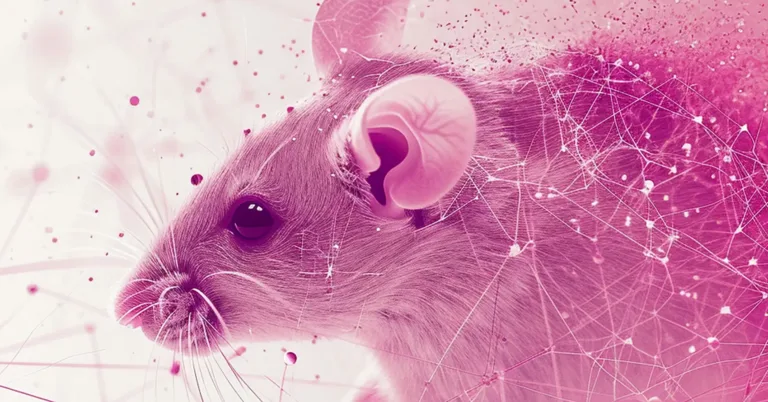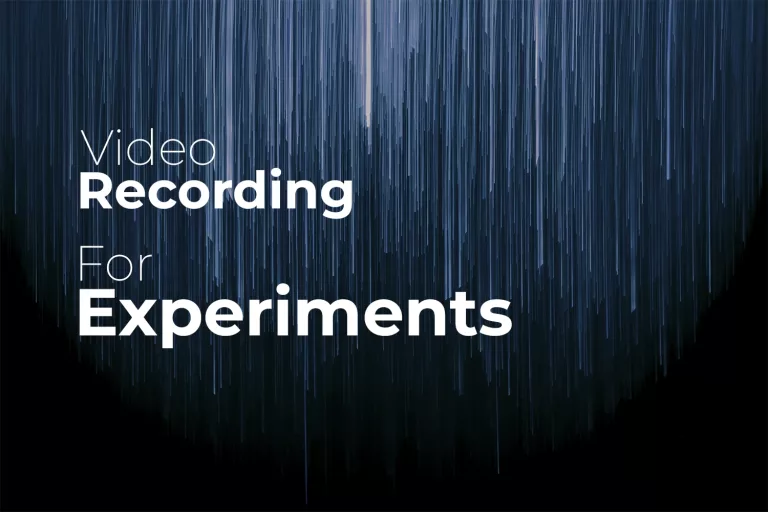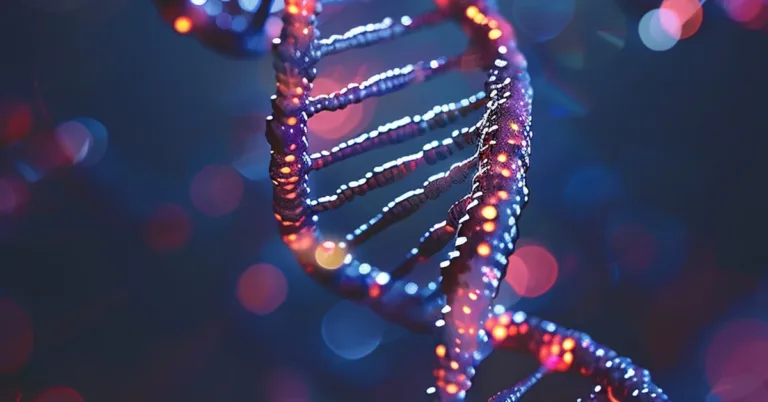In biomedical research, there is a quest for innovative technologies that enhance the accuracy and efficiency of phenotyping. Phenotyping is the process of observing and measuring the physical and biochemical traits of organisms as they interact with their environment. Phenotyping is, therefore, crucial for understanding genetic expressions and disease mechanisms. You can learn more about Aivero’s contribution to this effort in the previous blog post: Home-Cage Monitoring Using Video Acquisition.
The Challenge of Traditional Phenotyping Methods
Traditional phenotyping methods often involve invasive procedures or disruptive test setups that can affect the behavior and well-being of the subjects, particularly in animal research. Moreover, these methods may only capture part of the spectrum of phenotypic expressions over time, limiting the depth and breadth of insights gleaned from the research.
Aivero’s Solution: Depth Camera Technology
Recognizing these challenges, Aivero has developed a feature-rich, web-based streaming software package that leverages 2D (RGB) and 3D (RGB-D) camera technology to offer a non-invasive, comprehensive solution for phenotyping. This technology was highlighted in a recent article in Nature Scientific Reports, showcasing its application in the continuous, unobtrusive monitoring of research mice within their home cages.
Key Features and Benefits
- Multiple Camera Coordination allows for the scheduling of recordings with multiple cameras used in tandem, enabling researchers to capture a comprehensive view of the subject’s behavior and interactions.
- Customizable Recording Sessions where users can select the desired streams (depth, RGB, and near-infrared), schedule start times, set recording durations, and even split a single experiment into multiple smaller video clips.
- Advanced Compression and Streaming utilize hardware acceleration for compression, running Aivero’s algorithm and enabling video streaming at much lower bandwidths. This feature is crucial for managing the vast amounts of data generated in phenotyping studies, ensuring that depth data is compressed while maintaining sufficient quality.
Impact on Biomedical Research
The application of Aivero’s depth camera technology in phenotyping offers several transformative benefits for biomedical research:
- Non-invasive monitoring enables top-down video monitoring of research mice without the need for disruptive test setups; Aivero’s technology allows for the continuous observation of behavior patterns over extended periods, providing richer, more accurate data.
- Enhanced Data Quality using cameras that capture detailed 2D and 3D data, offering insights into the spatial dynamics of subjects’ behaviors and interactions that were previously difficult to obtain.
- Efficient Data Management enabled by Aivero’s proprietary compression and streaming capabilities ensures that researchers can manage and analyze the large volumes of data generated by behavioral studies more efficiently, accelerating the pace of discovery.
Looking Ahead
As the biomedical research community continues to seek more refined, humane, and efficient methods for phenotyping, technologies like Aivero’s video-capturing platform represent a significant step forward. By offering a non-invasive and efficient solution, Aivero is not just transforming phenotyping practices but is also paving the way for discoveries and advancements in video capturing combined with machine learning tools.




